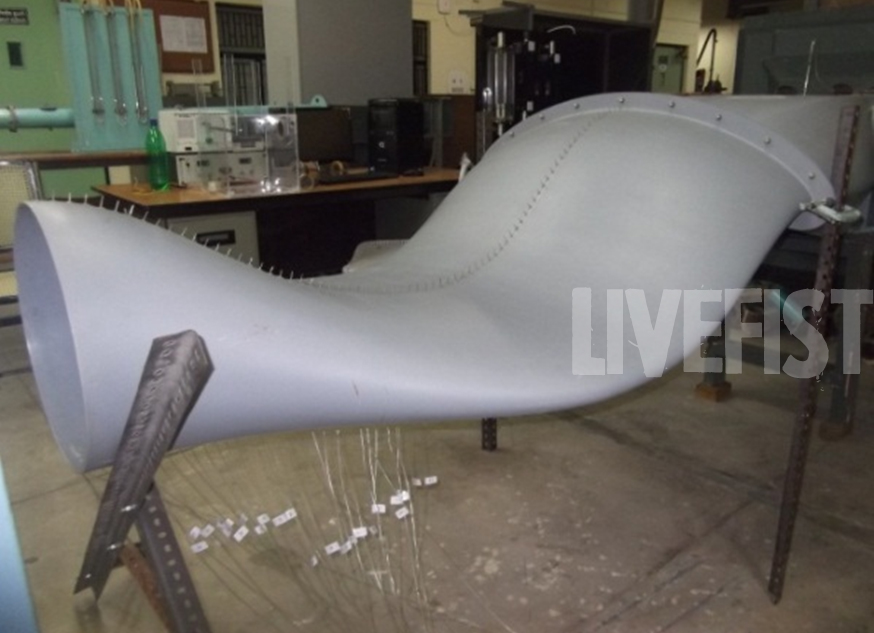Martian2
SENIOR MEMBER

- Joined
- Dec 15, 2009
- Messages
- 5,809
- Reaction score
- -37
Your all theory is BS if you can't prove AMCA has 13.2m lenth.
Takeoff weight and powerplant specifications limit AMCA to LCA size
Do you know how to use deduction? The specifications in the source below does not permit the AMCA to be much bigger than a LCA, because of the weight and powerplant requirements.
The LCA has a maximum takeoff weight of 15 tons. The AMCA will have 16-18 tons with an enclosed weapon bay (including the added weight of the RAM coating). Therefore, the two aircraft must be virtually the same size.
The engine is specified at 90kN, which means it can't power an aircraft much larger than a LCA to achieve supercruise.
SP's Aviation - SP’s Exculsive
"With aerodynamic design optimisation near complete, the AMCA's broad specifications are final. The aicraft will have a weight of 16-18 tonnes [16-18 tons with 2-tons of internal weapons and four-tonnes of internal fuel with a combat ceiling of 15-km, max speed of 1.8-Mach at 11-km. The AMCA will be powered by 2 x 90KN engines with vectored nozzles—likely to be the new GTRE-Snecma engine under development."
----------
These are the first official DRDO images of fabrication of compact advanced serpentine air-intakes, intended for preliminary studies on performance

Failed design: Squished tube stops blood flow and airflow
The weird and squished airduct design won't work. What happens when you step on a garden hose? The water backs up. Similarly, when you squish the airduct, all of the air backs up and there's virtually no airflow.
Let me give you another analogy. What happens when you crush an artery (in an accident)? The blood can't flow through it. This problem also happens when someone has clogged arteries. Similarly, under the principles of fluid dynamics, air cannot flow at fast speeds or supersonically through a squished airduct.
You will never achieve supercruise with a squished airduct.







